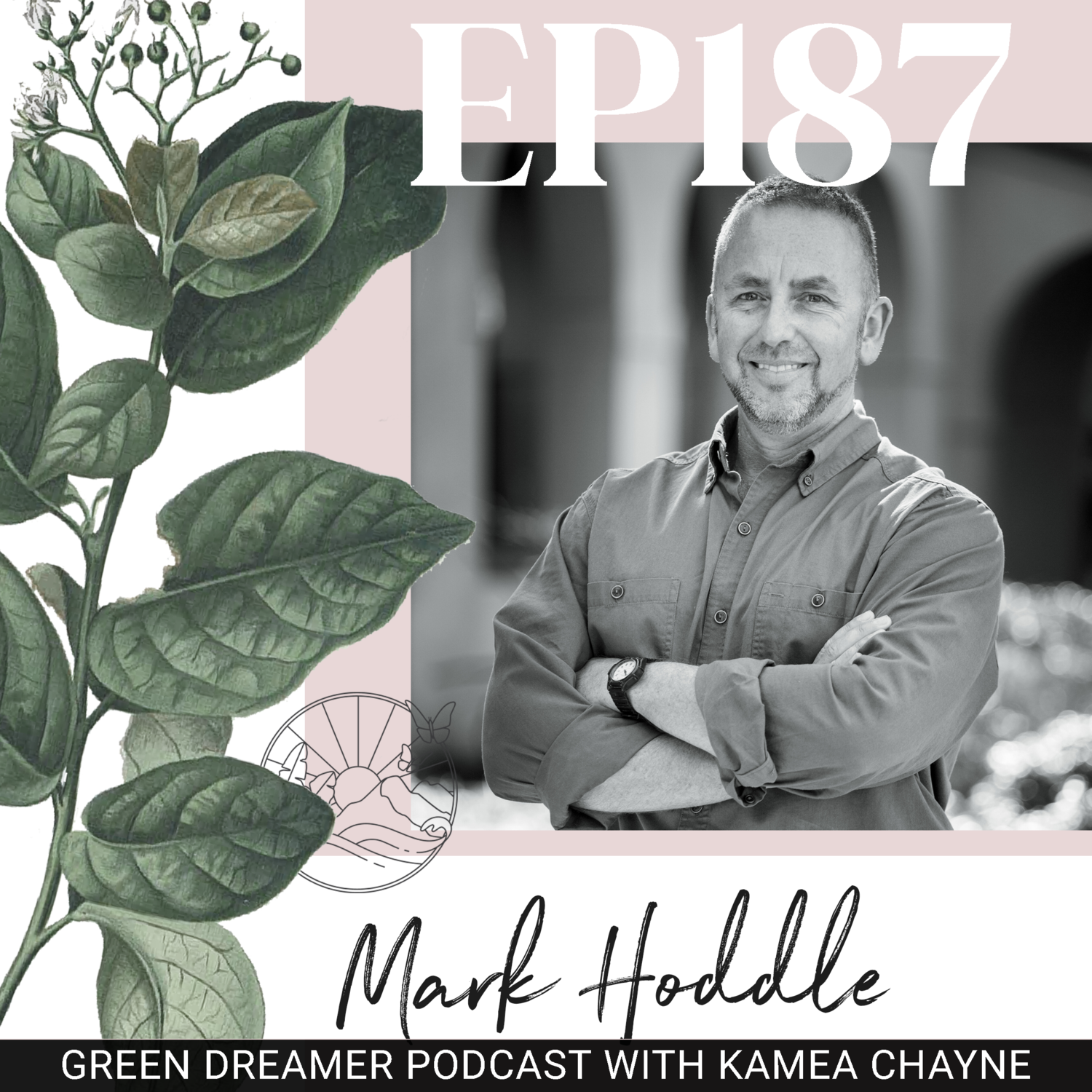Navigating the complex fight against anthropogenic invasive species (interview with entomologist mark hoddle)
Mark Hoddle is an entomologist at the University of California Riverside, where he researches biological control and management of invasive species, especially insects affecting agriculture, the wilderness, and urban areas.
In this podcast episode, Mark sheds light on when a nonnative species crosses the line becoming invasive species; how this human-driven issue may continue to aggravate over time and how we can address their potential harms to local biodiversity using nature-based solutions; and more.
To start, get a glimpse below into the conversation between Mark and Green Dreamer Podcast's host, Kamea Chayne.
“With biological control, we don’t have to rely on pesticides to do pest control.”
If you feel inspired by this episode, please consider donating a gift of support of any amount today!
This is a conversation on Green Dreamer with Kamea Chayne, a podcast and multimedia journal illuminating our paths towards ecological balance, intersectional sustainability, and true abundance and wellness for all. This preview has been edited for clarity. Subscribe to Green Dreamer Podcast on iTunes, Spotify, Stitcher, or any podcast app to stay informed and updated on our latest episodes.
On using biological control to address invasive species:
“Biological control is a parsimonious way of reducing pest densities to less damaging levels. What I like about this approach is that we don't have to rely on pesticides.
Instead, we use natural enemies to do this job for us.
That means it saves people money, there's less pollution going into the environment, and we're able to sustain organic food production systems or integrated pest management plans that have been developed for crops, because we're not 100% reliant on pesticides for suppressing damaging pest populations.”
On selecting specific natural enemies to address invasives:
"When we run biological control programs, we look for natural enemies that are very specific to the target pest.
There are two reasons for that: It means that they're going to have a close linkage to that target pest, so they're always be hunting around looking for it to either feed on it or use it as a reproductive host.
Also, because of that close linkage to the target pest, it greatly reduces the risk to non-target species—desirable things we want in the environment. We don't want our natural enemies attacking good bugs or desirable insects and driving down their populations to low levels.
So each time you control an invasive pest with a natural enemy, it's very close to that specific pest.”
On the benefits of reducing insecticide use:
“There are a lot of potential downsides to using insecticides heavily.
The good side of developing an integrated pest management program is that we reduce our reliance and use of insecticides, applying them only when they're needed.
As a consequence, we can serve the natural enemies in our orchards. We enhance pollinators because the residues aren't on the leaves and flowers killing bees and other good insects that come to pollinate our flowers.
When you pick and harvest fruit, they should have less residue on them, so they should be safer for young adults, especially children, to eat.
And then there's this idea that you can do healthy farming with reduced inputs that people find very appealing.”
Final words of wisdom:
"Keep up the good fight. Just be self-responsible and self-aware, and do the right thing.”

